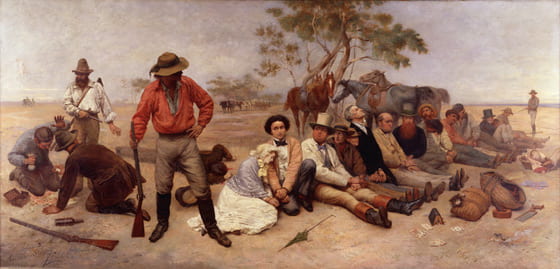Tag Australia
By guest contributor Meg Foster Heroes are big business in popular culture. From ancient Greek and Roman legends, through to the popular Marvel comic figures of our own time, we have spent centuries on the lookout for exceptional men and… Continue Reading →
by guest contributor Jon Piccini. Human rights are now the dominant language of political claim making for activists of nearly any stripe. Groups who previously looked to the state as a progressive institution conferring rights and duties now seek solace… Continue Reading →


